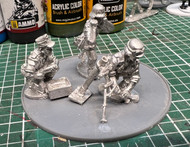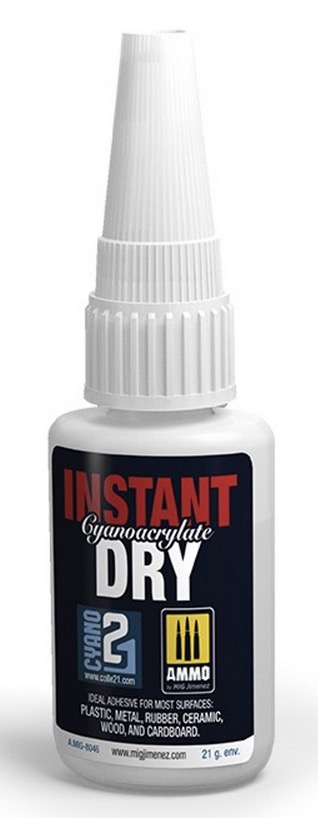Best Practices For Assembling Pewter Wargaming Miniatures
Posted by Allen on 17th Apr 2023
Assembling pewter wargaming miniatures is a hobby that requires a certain level of skill and attention to detail. Whether you're a seasoned pro or just starting out, there are several best practices you can follow to ensure that your miniatures are well-made and look great on the tabletop. In this blog post, we'll go over some of these practices, including preparing your workspace, gathering your tools, testing the fit of components, using the right glue, painting techniques, pinning miniatures, and preparing miniatures for gluing.
Preparing Your Workspace
Before you start assembling your pewter miniatures, you should set up a clean and organized workspace. Make sure you have plenty of light and a comfortable place to sit. Use a towel or mat to protect your work surface from damage.
Gathering Your Tools
Assembling pewter miniatures requires a few basic tools, including a hobby knife, super glue, and tweezers. You may also want to invest in a set of hobby files, which can help smooth out any rough edges or imperfections on the miniature. Additionally, a magnifying glass can be useful for working on small details.
Testing the Fit of Components
Before you apply any glue, it's important to test fit the miniature's components to make sure they fit together properly. This will help you identify any potential issues and make adjustments before you glue everything together. It's much easier to make changes before the glue is applied than after.
Using the Right Glue
When it comes to assembling pewter miniatures, super glue (also known as CA glue) is the preferred adhesive. This type of glue dries quickly and provides a strong bond. However, be careful not to use too much glue, as it can create a messy appearance and potentially damage the miniature.
Pinning Miniatures
Pinning is the process of drilling a small hole through the miniature's components and inserting a small metal rod to reinforce the bond. This technique is particularly useful for larger or more complex miniatures, as it provides extra stability and support.
Preparing Miniatures for Gluing
Before you apply any glue, it's important to prepare the surfaces of the miniature's components by removing any mold lines or excess metal. Use a hobby knife or files to carefully remove these imperfections, being careful not to damage the miniature in the process.
Painting Techniques
Once you have assembled your pewter miniature, it's time to paint it. Painting can be a daunting task for some, but with practice and patience, anyone can achieve a great result. Some good painting techniques to keep in mind include thinning your paint, building up layers gradually, and using a steady hand.
Don't be Afraid to Ask for Help
Assembling pewter miniatures can be a challenging task, especially for beginners. If you're struggling with a particular step or technique, don't be afraid to ask for help. There are many online communities and resources available for wargaming enthusiasts, and they are often happy to offer advice and guidance.
In conclusion, assembling pewter wargaming miniatures requires a combination of skill, patience, and attention to detail. By following these best practices, you can create a high-quality miniature that will be a valuable addition to your collection. Remember to take your time, use the right tools and techniques, and don't be afraid to ask for help when you need it. Happy gaming!


